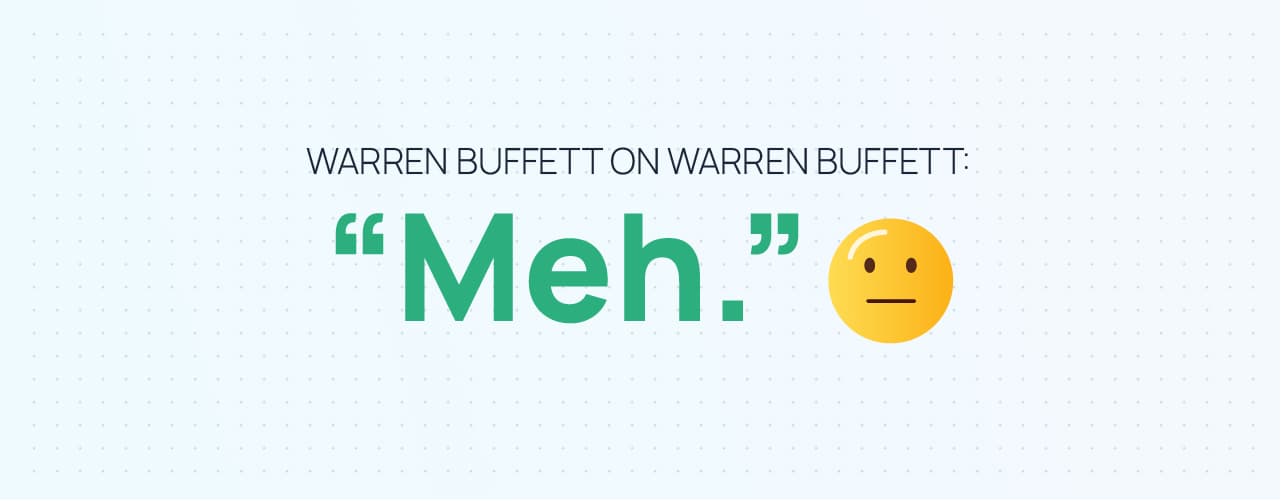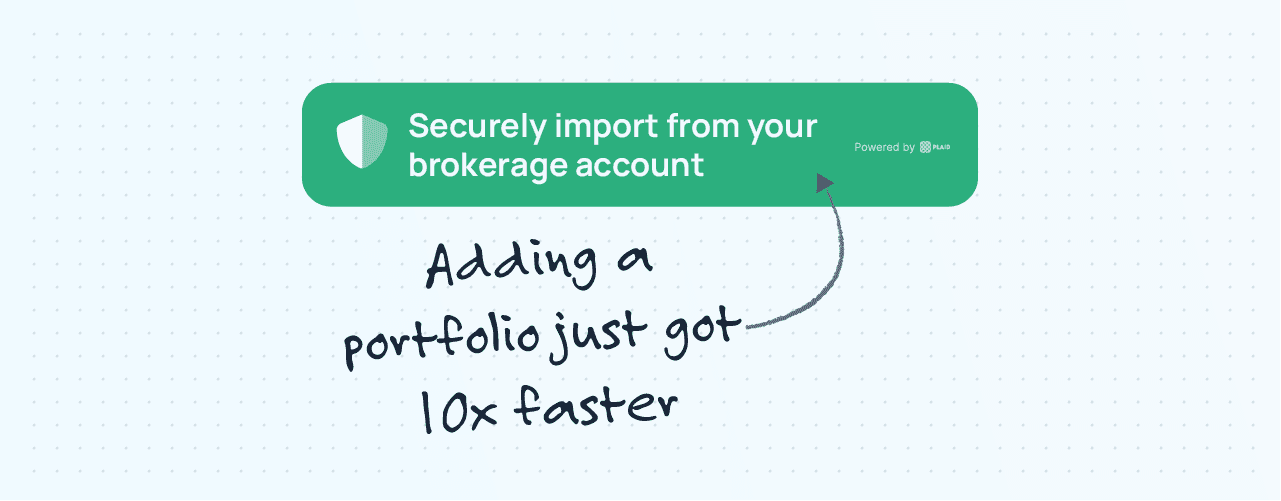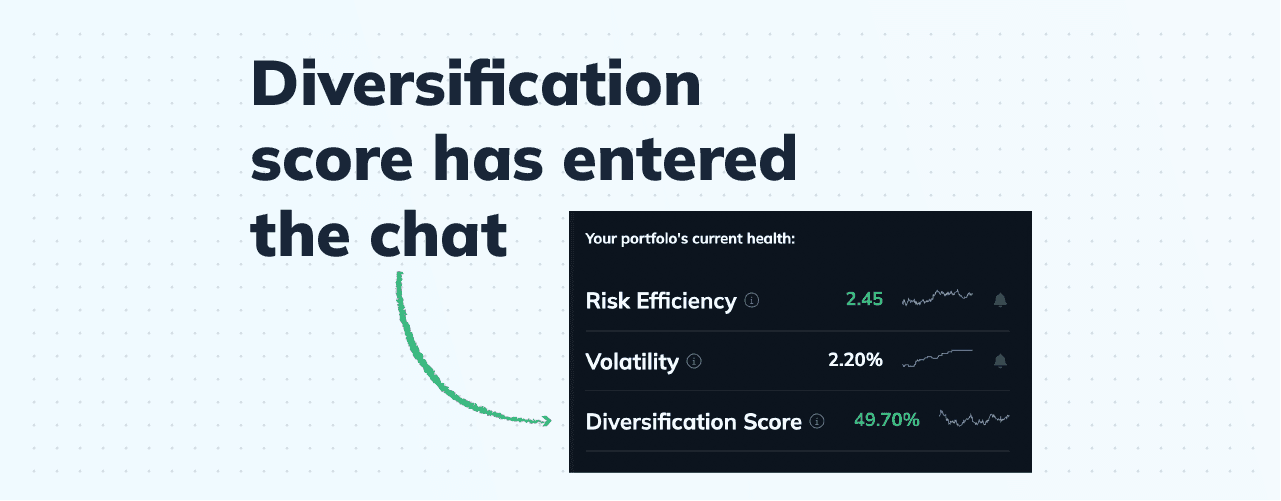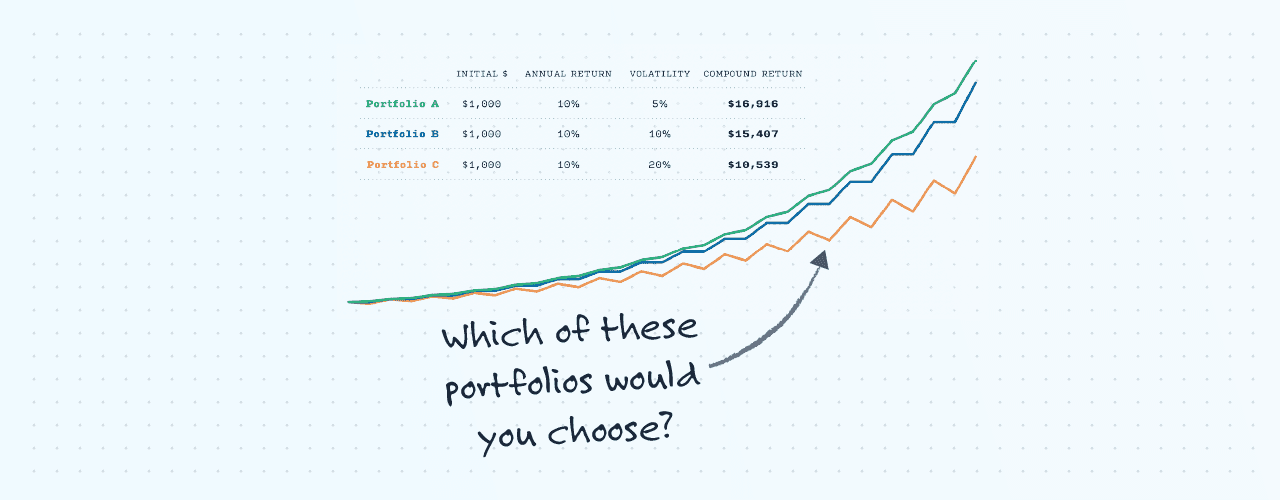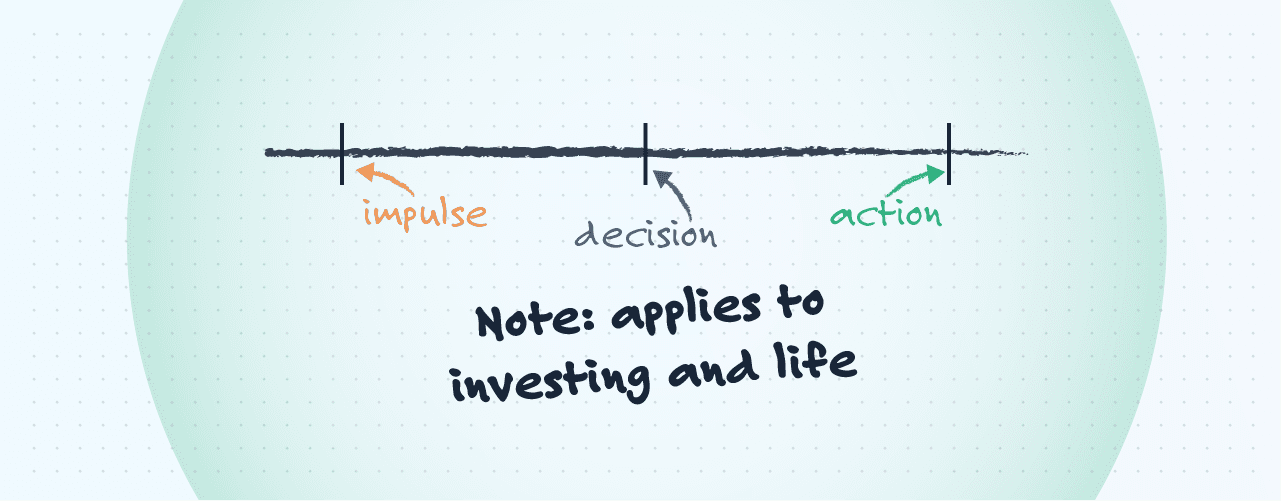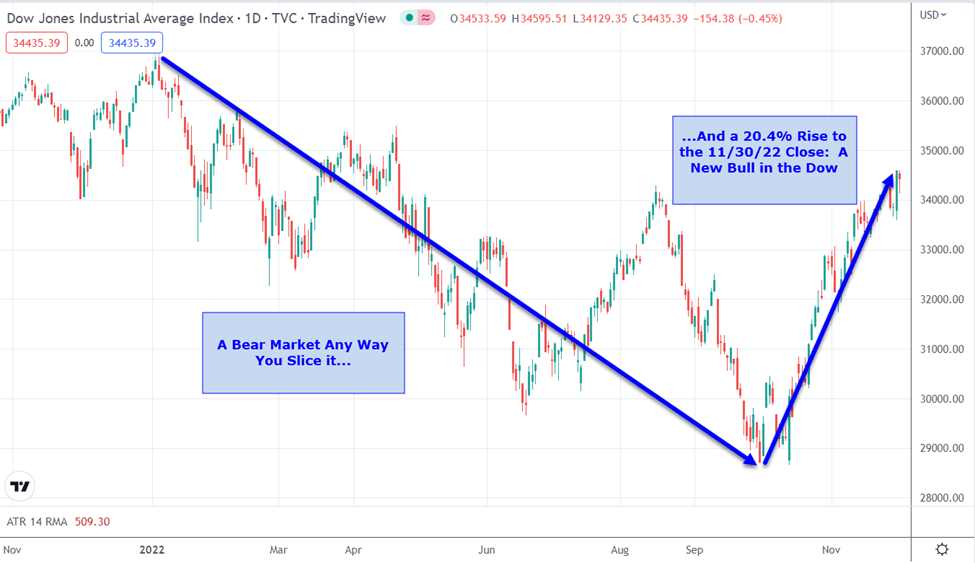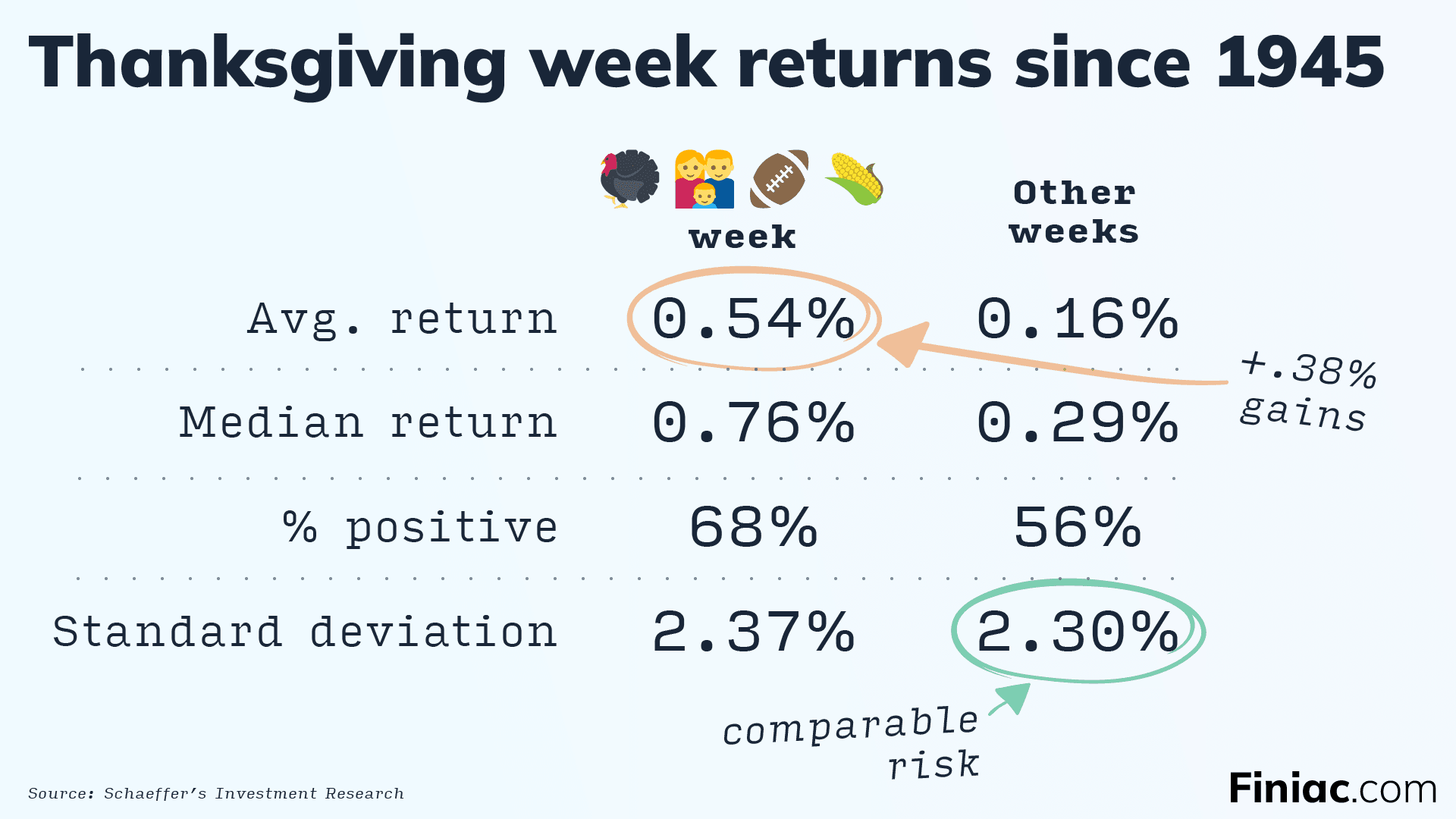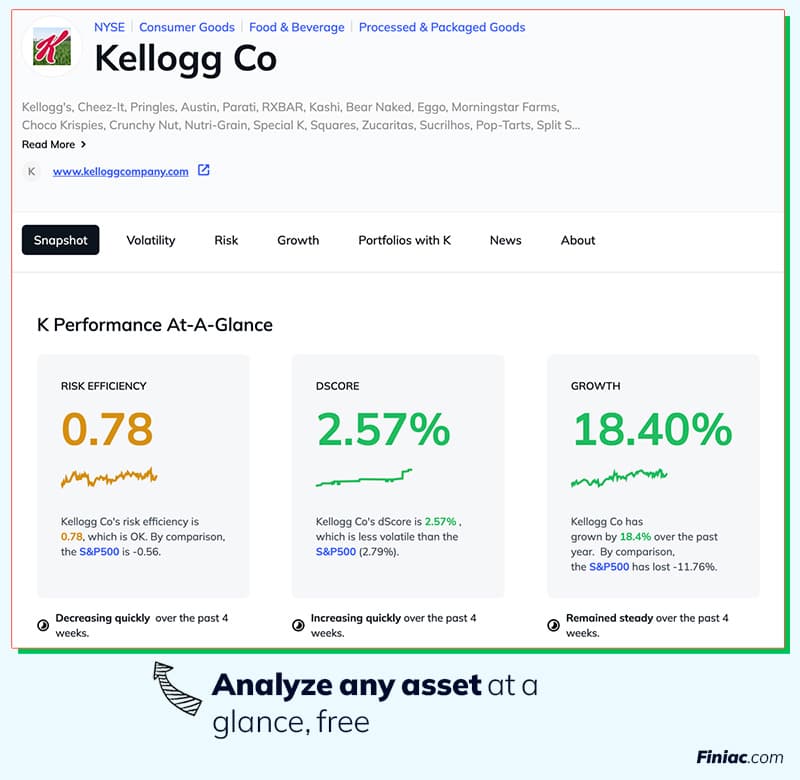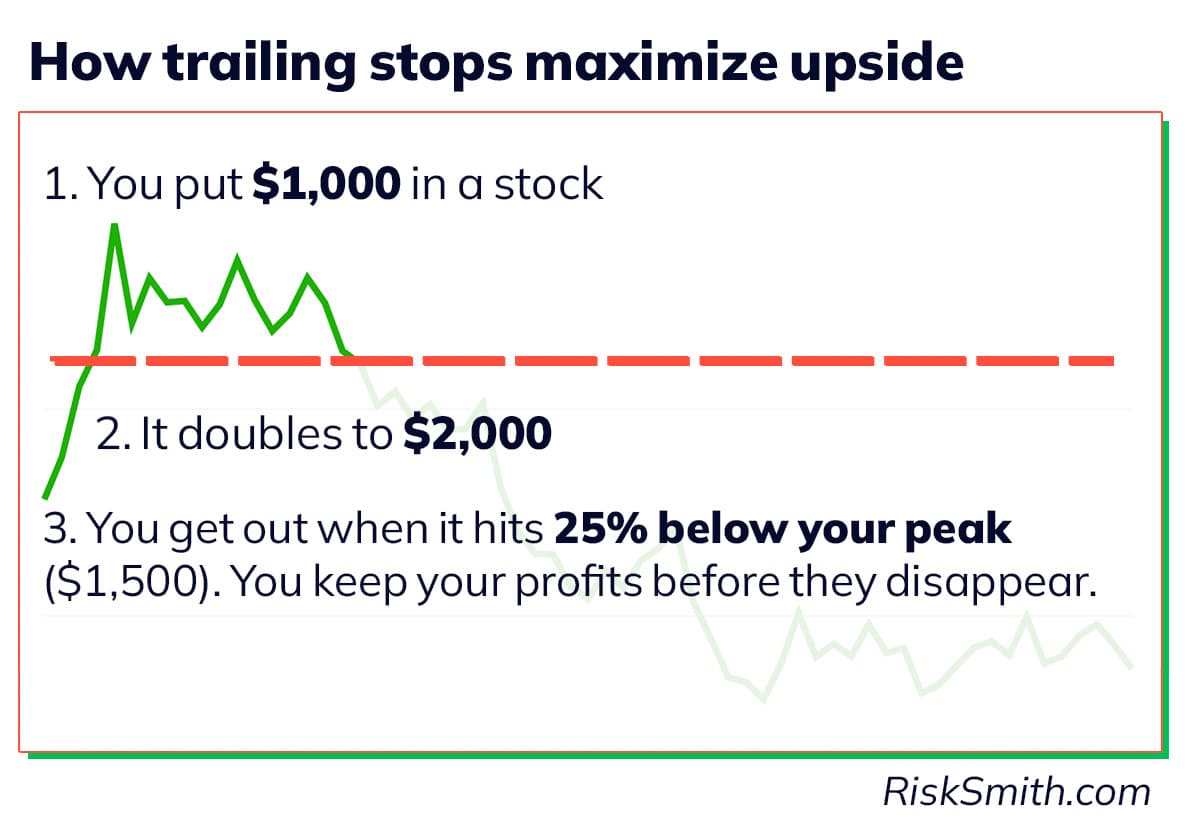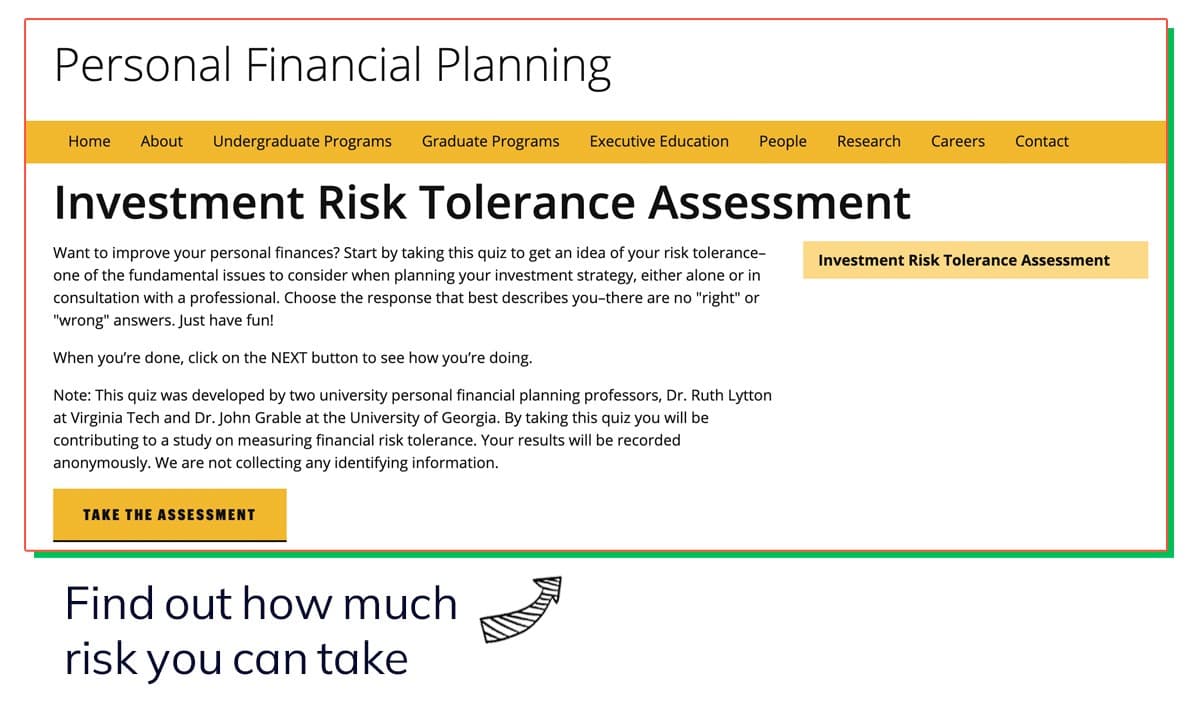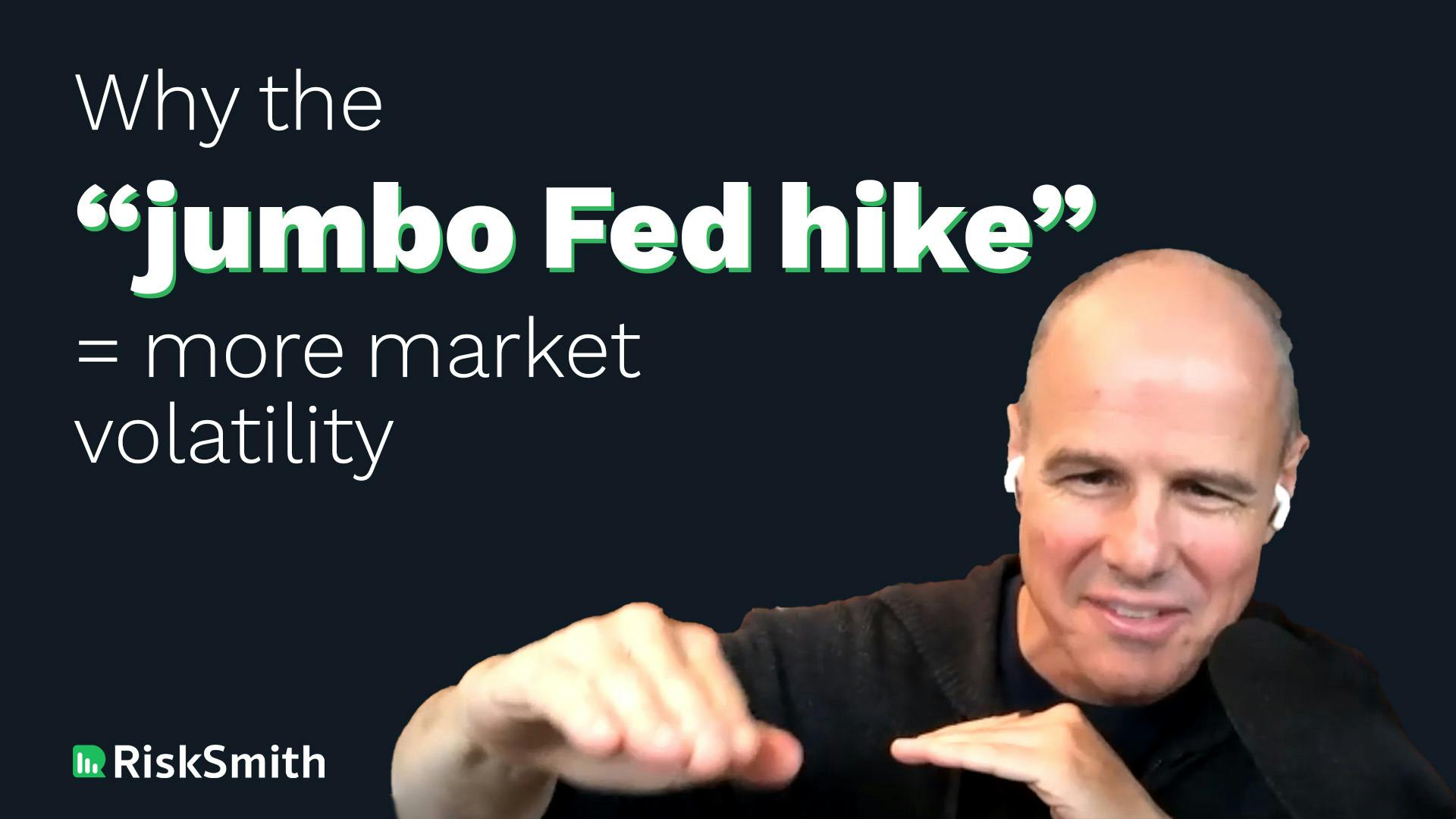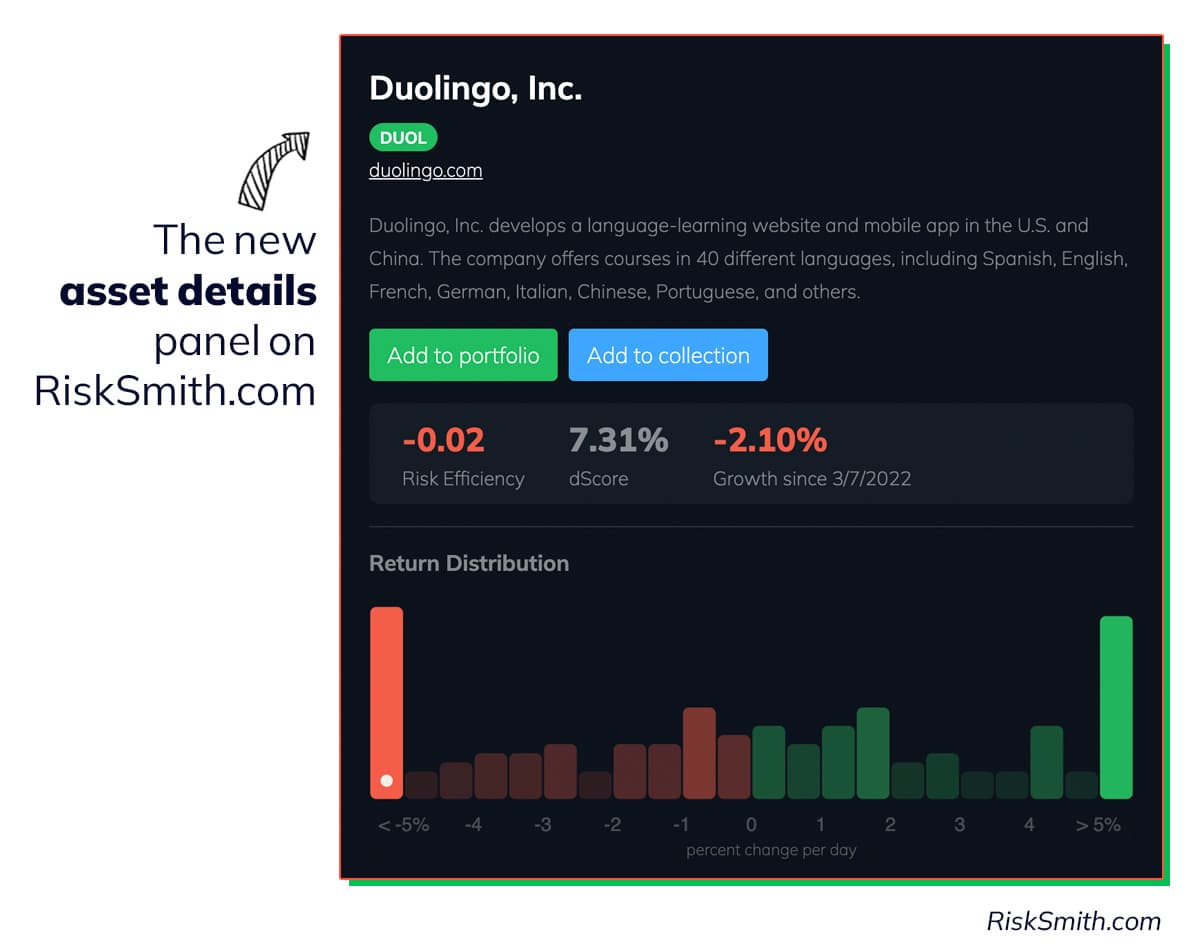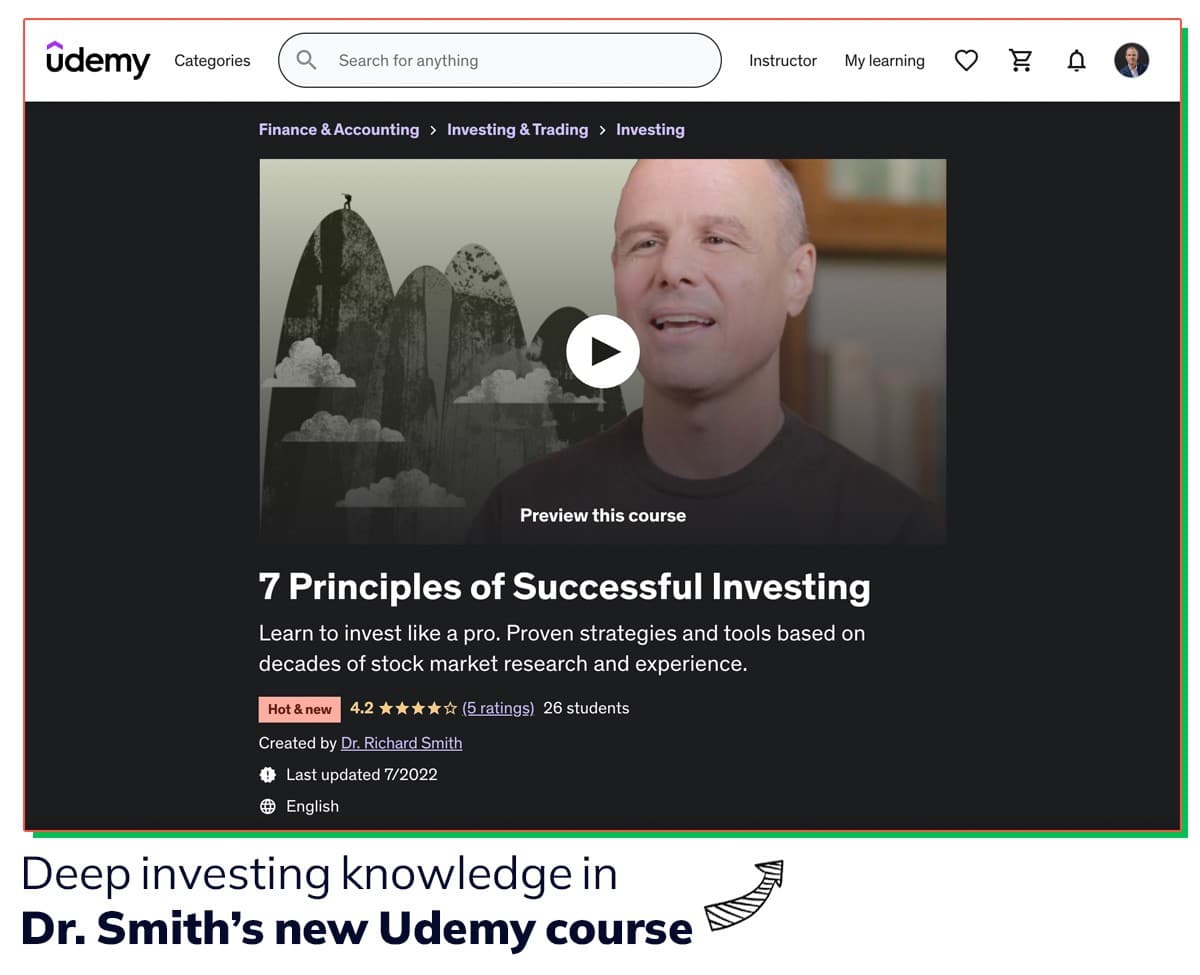
Blog | Believe in What You Buy
tl;dr
When deciding what to invest in, don't just go on instinct.
Choose a few investors you trust, and find out what they invest in. They've done the vetting for you.
Track big investors on WhaleWisdom.com, for example.
Now you've narrowed 30k+ investments down to a few hundred that you know are worth looking at.
... but make sure someone smarter than you believes in it, too
This article is part 2 of the series 7 Principles of Successful Investing. Jump to: Principle № 1
In this series, we’ve been taking Ray Dalio’s definition of a “Holy Grail” portfolio as our guide:
The Holy Grail is 15 or so good, uncorrelated return streams.
Today’s Principle is all about that first part: good.
Depending on how you calculate, there are at least 10,000 exchange-traded tickers out there you could invest in. Add in crypto pairs, and you’re looking at 20,000+.
Which is to say:
Stock tips are cheap.
For everyone who’s trying to push a big tech stock that they think is going to blow up, there’s another obscure ticker out there that could earn you the same money back on your investment.
Here’s how to find investments that 1.) actually matter to you; and 2.) are highly likely to up your investing game.
Don’t Spend All Day on Research
Most independent investors don’t invest for a living. You’ve probably got a day job, and investing is another component of your personal financial planning. You can’t spend all day on research.
Thankfully, there are plenty of people out there who research and analyze all day. They work for institutional investors. And institutional investors have to publish their portfolios.
This is where 13F filings come in.
The SEC requires big-fish investors to publish their holdings each quarter.
There are a lot of places you could get this data, but one of the easiest is WhaleWisdom.com, where you can browse complete portfolios.

A complete list of Warren Buffett's current Berkshire Hathaway portfolio
Click here to see all of the latest filings posted. Start browsing investors and find a few that look interesting to you.
From their portfolios, you can start to choose potential investments. Since they’ve already been vetted by the big fish, you know your choices are “good.”
How many assets to start out with? Try at least a few dozen. Could be 100 or more; be liberal at this stage.
Build a Collection of Potential Investments
You can use almost any tool to keep track of your picks. The time-tested option is a spreadsheet, which gets the job done.
A spreadsheet doesn’t update dynamically, however, and you’d need to do a lot of work to let it tell you how these potential investments might work together in a portfolio.
Whatever tool you choose, a few features to look for:
Refreshes with new data (at least daily) so you can see how your picks are performing
Allows sorting and filtering so you can move your best picks to the top
Reveals correlation, to show how closely performance is correlated to other assets
RiskSmith’s Collections feature is a good example:
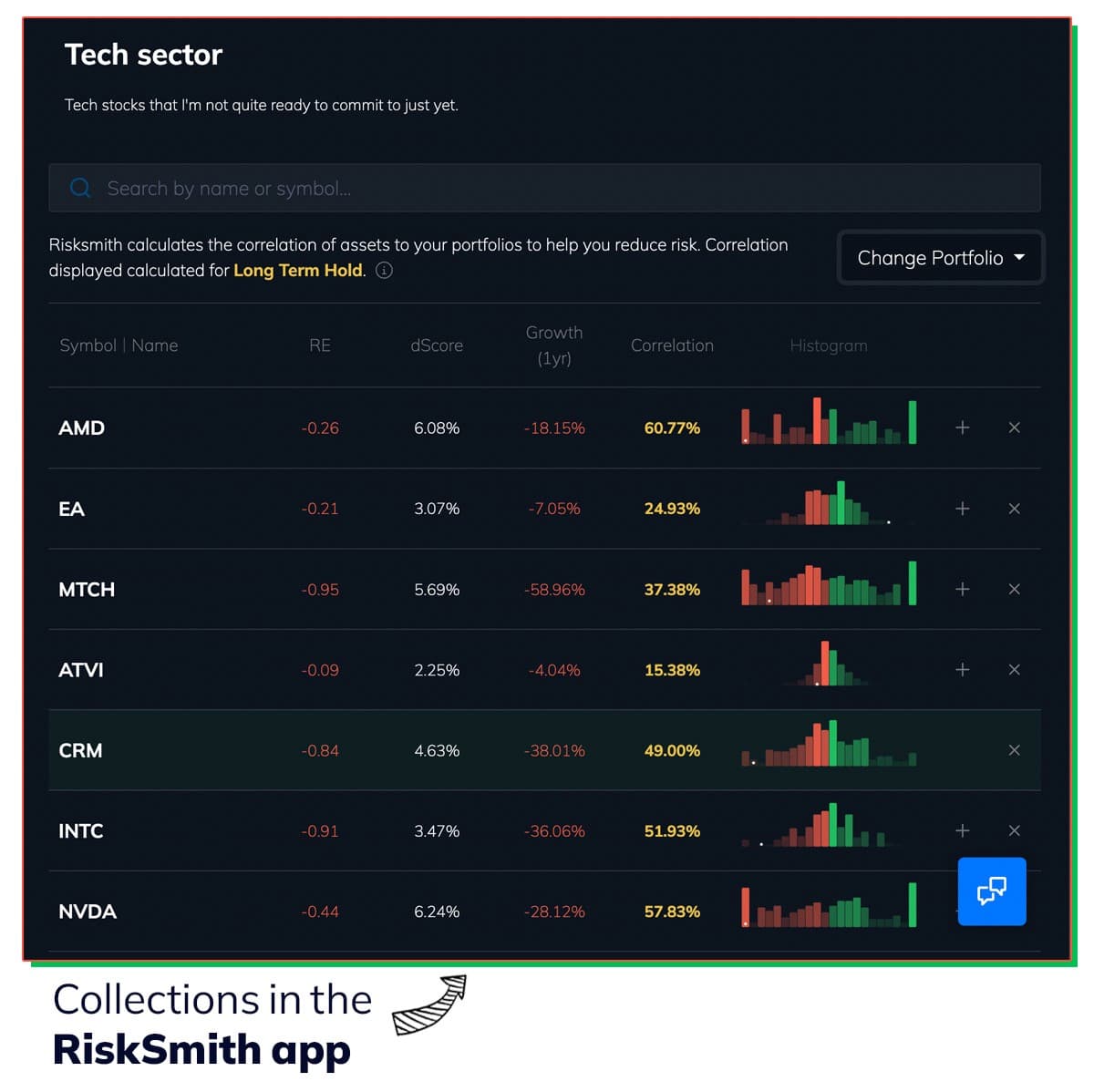
RiskSmith's Collections feature is a souped-up version of a stock market ticker watchlist.
Then, Refine by These 3 Steps
Remember that your own objectives should be the final word on what you’re investing in. There are three major things to consider:
Your Risk Tolerance
In Principle № 1, you took a Risk Tolerance Assessment quiz to figure out where you landed in one of three categories:
Conservative: Looking for safe investments; hoping to match the market
Moderate: Hoping to beat the market; willing to take on some risk
Aggressive: Definitely want to beat the market; OK with significant risks along the way
Now put that to use—filter your collection of potential investments to match your profile. If you’re conservative, strike anything with wild volatility, and focus on the assets that have a more predictable price path. If you’re aggressive, don’t be afraid to throw a few wildcards into the mix.
Your Time Horizon
The investors you’ve researched above have very different time horizons than you do.
Warren Buffett, for example, is a master of the long game. So much so that he’s built 99.7% of his wealth since he turned 52. He’s the kind of guy who plants seeds and can wait decades to see them bear fruit.
That’s going to be true (to varying degrees) of most of the investors you’ll find on WhaleWisdom.
If you’re young, and you’re OK leaving your money in the markets for 10 years or more, feel free to move on. But if you’re looking to meet a goal over any shorter interval, you’ll want to look for assets with a better chance of going up now.
Your Own Values
So far we’ve focused almost entirely on the technical. But never forget:
Investing is a way to express yourself and your beliefs.
Any number of algorithms could turn out a portfolio that might perform well. The thing that makes your portfolio uniquely yours is your own perspective.
Rather not invest in a particular tech company? Don’t. Does one sector or another clash with your morals? Avoid it.
It’s not worth compromising your ethics. You can commit to your principles and still build a killer portfolio.
Next up: Build the portfolio
Now that you’ve built your collection, it’s time to start assembling your portfolio itself.
That’s where we’ll head in the next post, Principle № 3: Know When to Sell Before You Buy.
Don't fall prey to loss aversion
Design better portfolios with RiskSmith

time horizon - The amount of time one expects to hold an investment. It is most often used to describe the date target when an investor intends to pull a significant amount of money out of the markets, or get out of the market entirely.
Other posts that mention terms time horizon
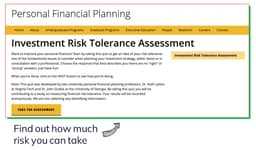
Investor, Know Thyself
Dr. Richard Smith

7 Principles of Successful Investing
Related Posts
